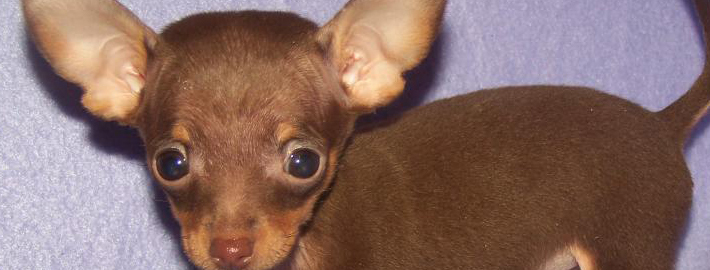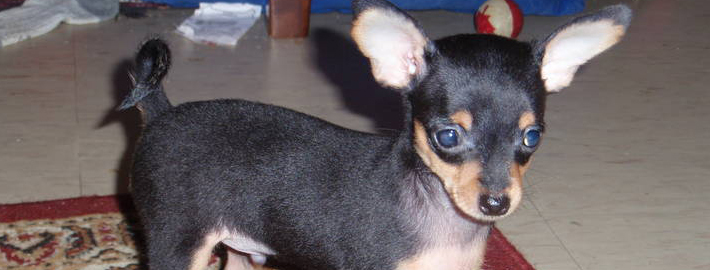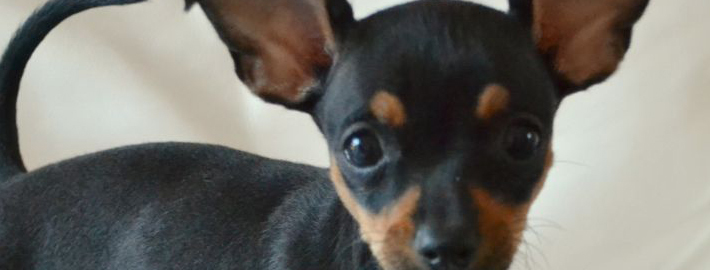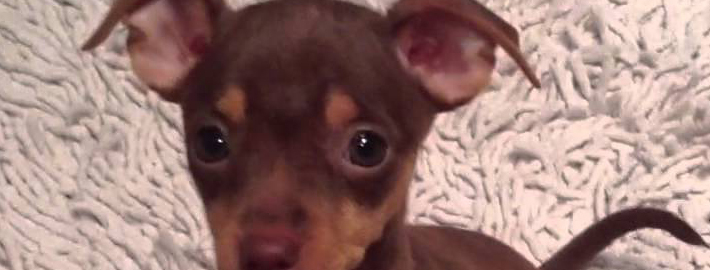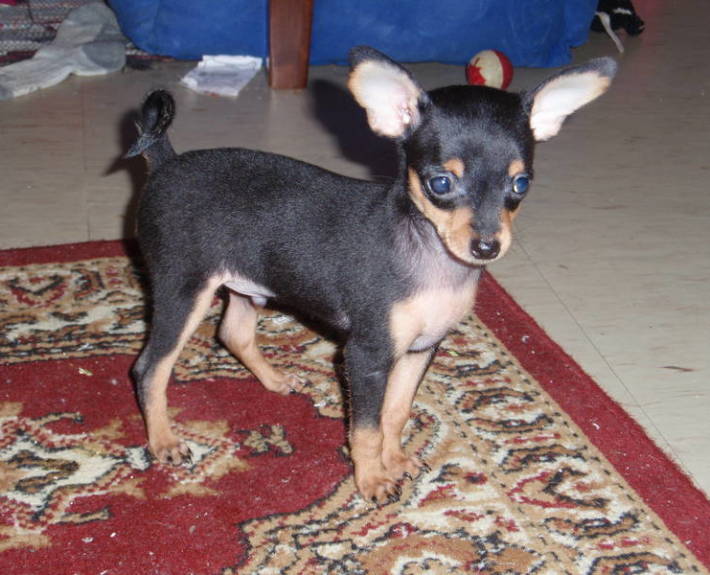What makes the Russian Toy Unique?
Russian toy terriers were the companion to the Russian Nobility and their blue blood genes prove all through. Russian toy are dignified small dogs that love to be seated into laps and eat liver. Rather it is very fun-loving and playful but need a lot of activity and little walks. The breed is affectionate companion and intelligent. They are believed one amongst the smallest breeds of the world. During early 20th century it was a great valued pretty breed in Russia. Its other names are Russian Longhaired Toy Terrier, Russikiy Toy, Moscovian Miniature Terrier, and Russian Toy Terrier, Moscow Longhair Toy Terrier and. Moscow Toy Terrier. It was bred from English toy terrier and was comparatively not known well outside of Russia until 1990.
Breed Groups
Page Contents
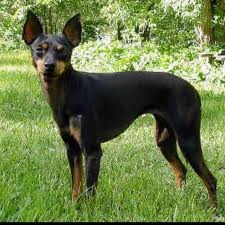
Is the Russian Toy Right For You?
These dogs look like chihuahuas but are completely different! They are smaller, are a lot more active, generally a lot healthier (not overbred), quieter, way friendlier, the list goes on! They are actually bred down from the Manchester Terrier (Mini mini doberman).
Russian toy goes way back to Jolly Old England where in medieval times a special breed of small, black-coated hunting dogs were first named terriers. In the beginning, English terriers were highly valued for their ability to hunt and kill rats and the most highly prized of this breed originated from the city of Manchester. At that time, in the 17th century, rat-killing contests were staged between terriers. After this form of entertainment had been banned, the breed acquired the status of a superb companion dog. Only many years later, these dogs were officially placed in the category of a separate breed named the toy terrier. This was due in part to their dainty look and ease of ownership. This breed captivated the hearts of all of Europe and at the end of the 19th century appeared in Russia. In contrast to the English breeders who wanted to breed more sturdy dogs, in Russia the small, delicate terriers are in greater demand and more highly valued. So now you know the origins of this special line of terriers that was later called the Russian toy
In 5 Words
- Cheerful
- Loyal
- Loving
- Trustworthy
- Intelligent
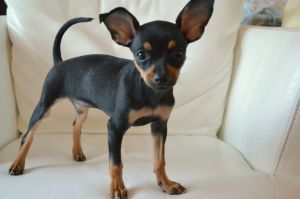
Characteristics
Learn About the Russian Toy
Description
General Description
Russian Toy Terriers are companions to the Russian aristocracy, and their blue-blooded genes show through. These are noble little dogs who like to sit laps and eat liver. But they’re also very playful and need plenty of entertainment and short walks. These breeds are an intelligent and affectionate companion dog. They are believed to be one of the smallest breeds in the world. It was a high valued decorative breed in Russia during early 20th century. These breeds are also known by the names : Russikiy Toy, Russian Longhaired Toy Terrier, Russian Toy Terrier, Moscovian Miniature Terrier, Moscow Toy Terrier and Moscow Longhair Toy Terrier. The Russian Toy dog breed was bred from English Toy Terrier and was relatively unknown outside Russia until 1990s.
COLOR
The Russian Toy Terrier generally comes in colors like red, sable or black & tan. Brown & tan or Blue & tan are also acceptable but are seen rarely.
COAT
The coat of this breed is is categorized by two, the long haired or smooth coated. The only difference by the two is the long hair on the ears of the long haired type which is usually 3-5 cm long and can be straight or with a slight wave.
Short History of the Russian Toy
The Russian Toy Terrier originated in the latter half of the 1900’s in Russia. At the start of the century, English Toy Terriers were an incredibly popular companion breed among Russian families but a few decades later the number of these dogs being brought into the country diminished significantly. At about the middle of the century, dog breeders in Russia decided to recreate the breed by mixing other terriers together, including some remaining English Toy Terriers. Because the country was isolated, the resulting dogs were able to develop into their own breed which became known as the Russian Toy Terrier.
Temperament
Trustworthy and intelligent Russian toy terrier is friendly, loving and very lively. It is adorable breed which turn never aggressive nor timid. It dedicates the family and get pleasure to be a human companion. When they have required attention of owner they feel pleasure and love to join all activities within the family eagerly. With proper socialization they may turn to be sociable with unfamiliar persons also. However, additionally It gets along with children and other household animlas/pets. It is not only a wonderful dog but also a wonderful companion of humans. .
. It is a loving, intelligent, trustful companion for you and your family. you may fall loving instantly, and also the solely downside your RTT can produce now upon arrival are going to be that he can cause you to wish another one. Agile, hardy, lifetime dedicated to the owner—this is however Russian Toy owners describe their dogs. Small, elegant dog, tall on legs, of sq. build. Active, very spirited, neither it shy nor aggressive, these dogs are afore said to be very easy to train. Obedience training is suggested for any dog size. RTTs are fun to work in agility trials. It is a true companion dog. Would like to go along with you all over and as a result of his size you’ll take him. Enjoys taking part in anything you do. Make sure you’re this dog’s firm, confident, consistent pack leader to avoid tiny Dog Syndrome, human evoked behavior issues. Forever remember, dogs are canines, not humans. Make sure to satisfy their natural instincts as animals..
Caring for Your Russian Toy
General Health
One of the main health issues has to do with teething. You will need the assistance of a vet to prevent the growth of two teeth rows i.e. puppy and adult teeth. If such corrective action is not taken, gum infections and bad breath arise. Russian Toy Terriers also suffer from a condition known as patellar luxation. Owing to their size, this breed of dogs has a high risk of bone fractures. You should also administer rabies vaccine and other medications carefully as the Russian Toy Terrier exhibits allergic reactions.
.
Grooming & Bathing
For the short-haired type, you should brush its coat on an occasional basis. You can also wipe it over using a damp cloth. On the other hand, if you own a long-haired Russian Toy Terrier, make sure you brush his coat on a daily basis using a soft-bristled brush. It is also appropriate to bath your dog once a month. As you do so, be watchful that bath water does not get in the dog’s ears. Remember to trim their nails and check their ears as they are susceptible to infection.
Exercise & Training
These active and agile breeds needs regular play sessions and daily walks to assist them to continually be in good health. Interactive games facilitate remove boredom also. They will want a free open space to roam around freely from time to time. These little dogs also are appropriate for apartments, however they have to not be confined to little areas.Training is thing which can make a great dog The Russian Toy Terriers are obedient and smart dogs. Russian Toy Terries are typically easy to train. They can be train for agility trials very well. To avoid the behavioral problems in dog it must require a firm and dominant pack leader or trainer. Agility training is recommended.

